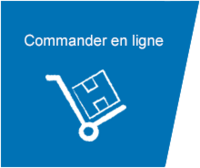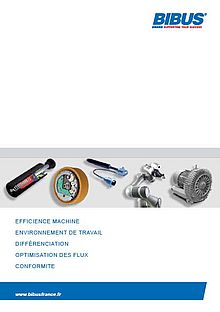"We have codes all around us!"
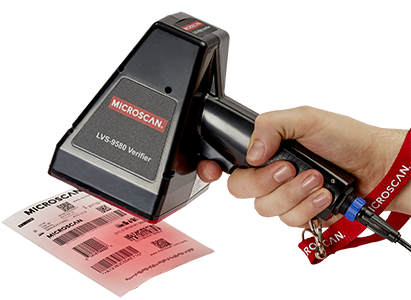
Barcode traceability at the heart of product safety
-
Isabelle Peuzet Prud'hon.
Product Manager, MICROSCAN & HYDROSENSE Verifiers
In a world where traceability is a guarantee of safety for consumers and patients, barcodes play a decisive role. Isabelle Peuzet Prud'hon, an expert in this field, explains her job, the importance of traceability in sensitive sectors such as medical, food, luxury goods and automotive, and her commitment to barcode verification.
Isabelle, tell us about your background. How did you come to specialize in barcode verification?
My career path began in a small family company, DILEC, where I worked for 7 years. I was involved in various fields, but it was really in 2017, when DILEC was taken over by BIBUS France, that I fully specialized in barcode verification and compliance. It's a very strong commitment for me to be at the head of this department.
Our entity, which is based in Normandy, manages the verification of printed and engraved barcodes on all families of products manufactured and sold on the market. These are physical products, not digital ones.
You're talking about physical products. What kind of products exactly?
We mainly work with codes printed or engraved on products in sectors such as healthcare - pharmaceuticals and medical devices - automotive, railways, agri-food, construction and luxury goods.
For every product, whether destined for the healthcare market or other sectors, traceability is essential.
Take the pharmaceutical sector, for example. This is an area where traceability is essential, not least to ensure patient safety. Bar codes, whether linear or data matrix, make it possible to track each box of medication from production to distribution in pharmacies.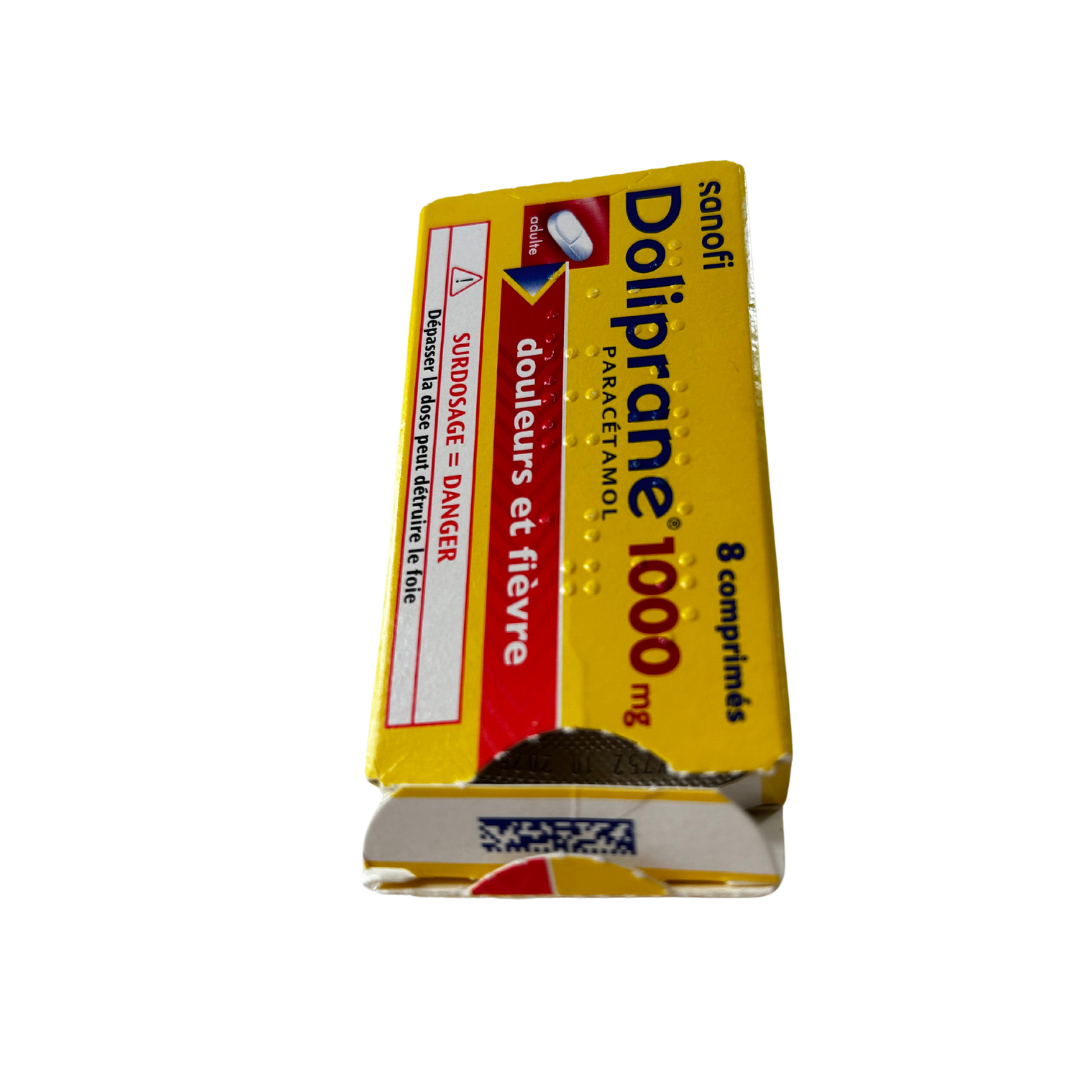
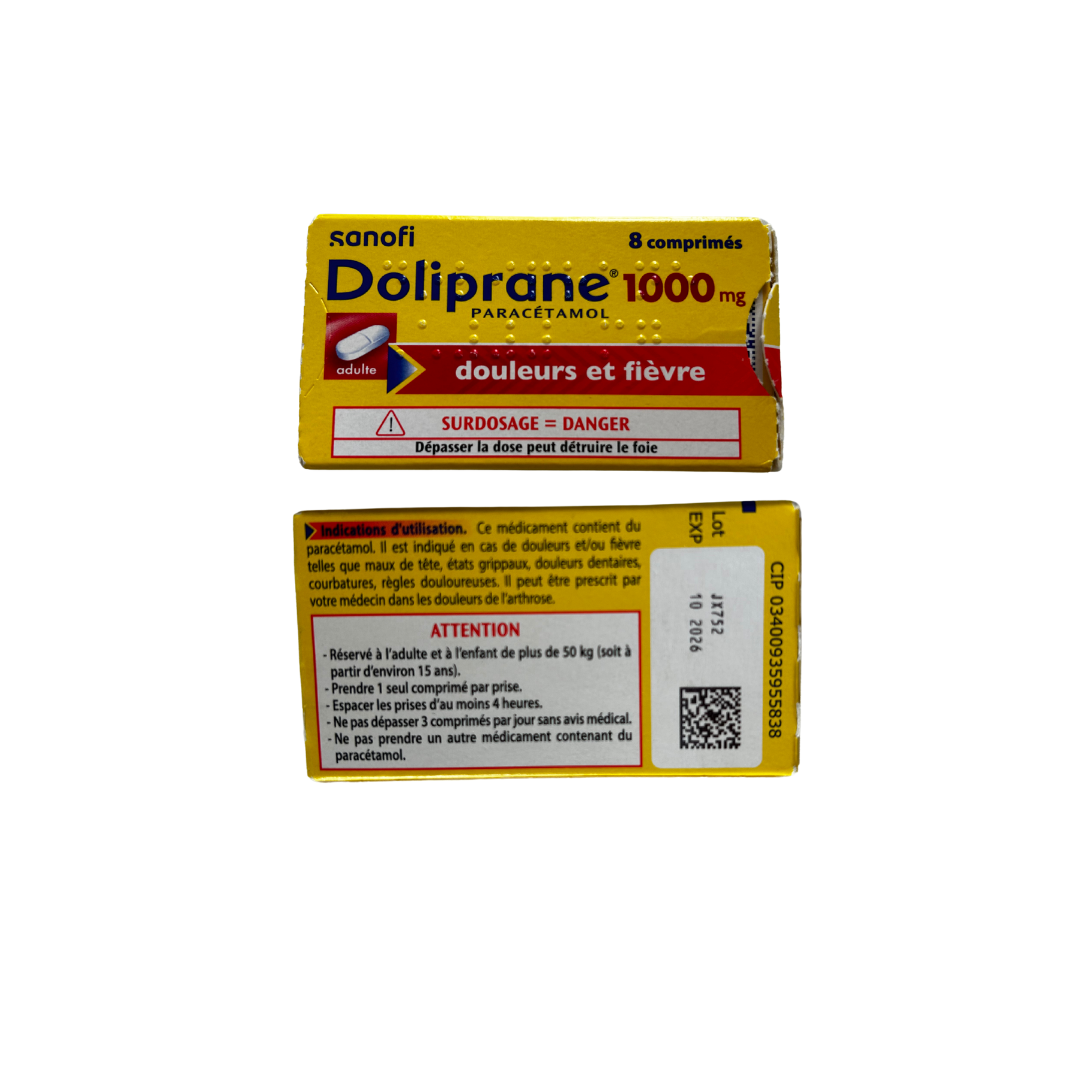
A data matrix and a linear code
Our LVS 9510 and 9580 verifiers ensure that barcodes are correctly printed and legible. The LVS 9585 verifier measures the quality of an engraved / micro-perforated code to ensure legibility. This applies to both 1D (linear) and 2D (two-dimensional) barcodes. If the code is of poor quality, this can lead to errors during distribution, or even the impossibility of guaranteeing product traceability.
- LVS 9580: portable, flexible verification of printed codes, suitable for most manufactured products (pharmaceuticals, cosmetics, luxury goods, etc.). |

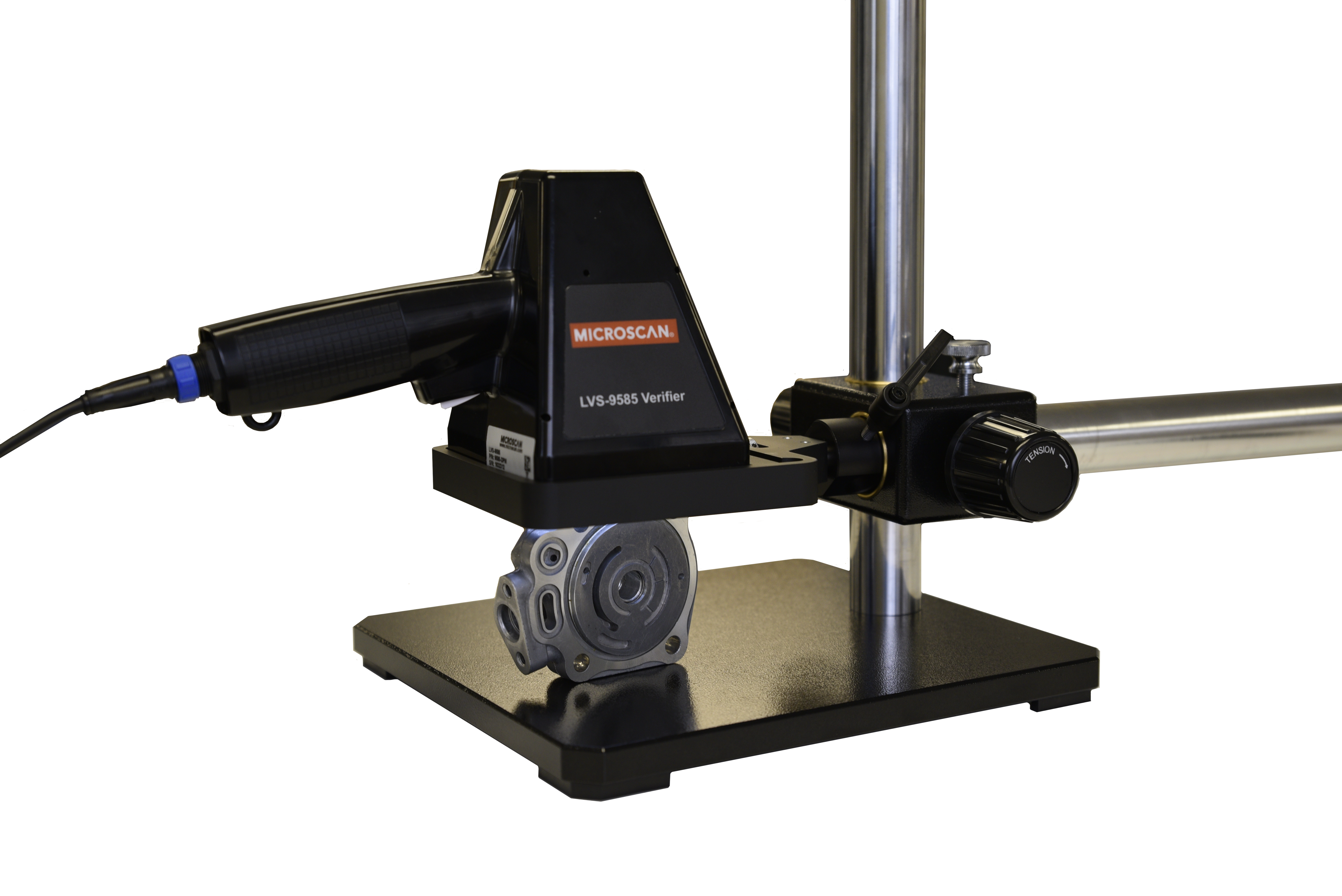
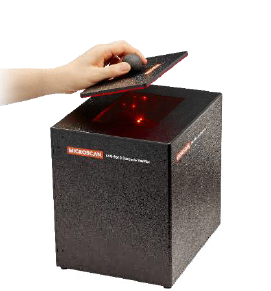
You also mention medical devices. Can you explain what traceability means in this sector?
Medical devices are divided into different categories according to their degree of risk to the patient. There are 4 classes of medical device, ranging from class I, which represents the lowest risk (such as spectacles or crutches), to class III, which concerns high-risk devices such as pacemakers or breast implants.
Classification of medical devices. Class I: this is the lowest risk class (crutches, glasses, etc.). |
For these devices, we offer LVS 9585, which is capable of verifying both printed and engraved codes. Traceability of medical devices is essential, as it ensures that each product can be identified throughout its life cycle, from production to distribution and use by the patient.
A typical example is an orthopedic implant with an engraved data matrix. This code guarantees that the implant complies with standards and can be traced at any time, thus meeting regulatory requirements and in particular IUD. The main objective is to be able to precisely identify patients with implanted medical devices, identify all the implant's characteristics, the specific batch and track all the batch numbers of the DMIs used. This ensures that, in the event of a problem or batch recall, healthcare establishments can intervene quickly and effectively.
This information is used to create a detailed and comprehensive tracking system for the device, ensuring efficient care management and rapid response in case of need.
Outside the medical sector, you also work on products for other industries. Can you tell us more?
Absolutely. In the agri-food sector, for example, traceability is essential to guarantee consumer safety. If a product is faulty or dangerous, it must be possible to trace it back up the production chain to identify the batches concerned, withdraw them from the market and contact the person who used the product very quickly in the event of risk. This gives our customers control over the supply chain.
It's also a way of enriching the customer experience, with denser, more precise information delivered, closer to the brands: composition, allergens, origin of ingredients, educational content, ethical commitments...
It is, of course, the main vector for the efficient exchange of product data between partners: commercial, logistical, regulatory, recycling, etc. And I would say that it improves product referencing and reduces code duplication.
All in all, it ensures the serenity of sales and logistics operations.
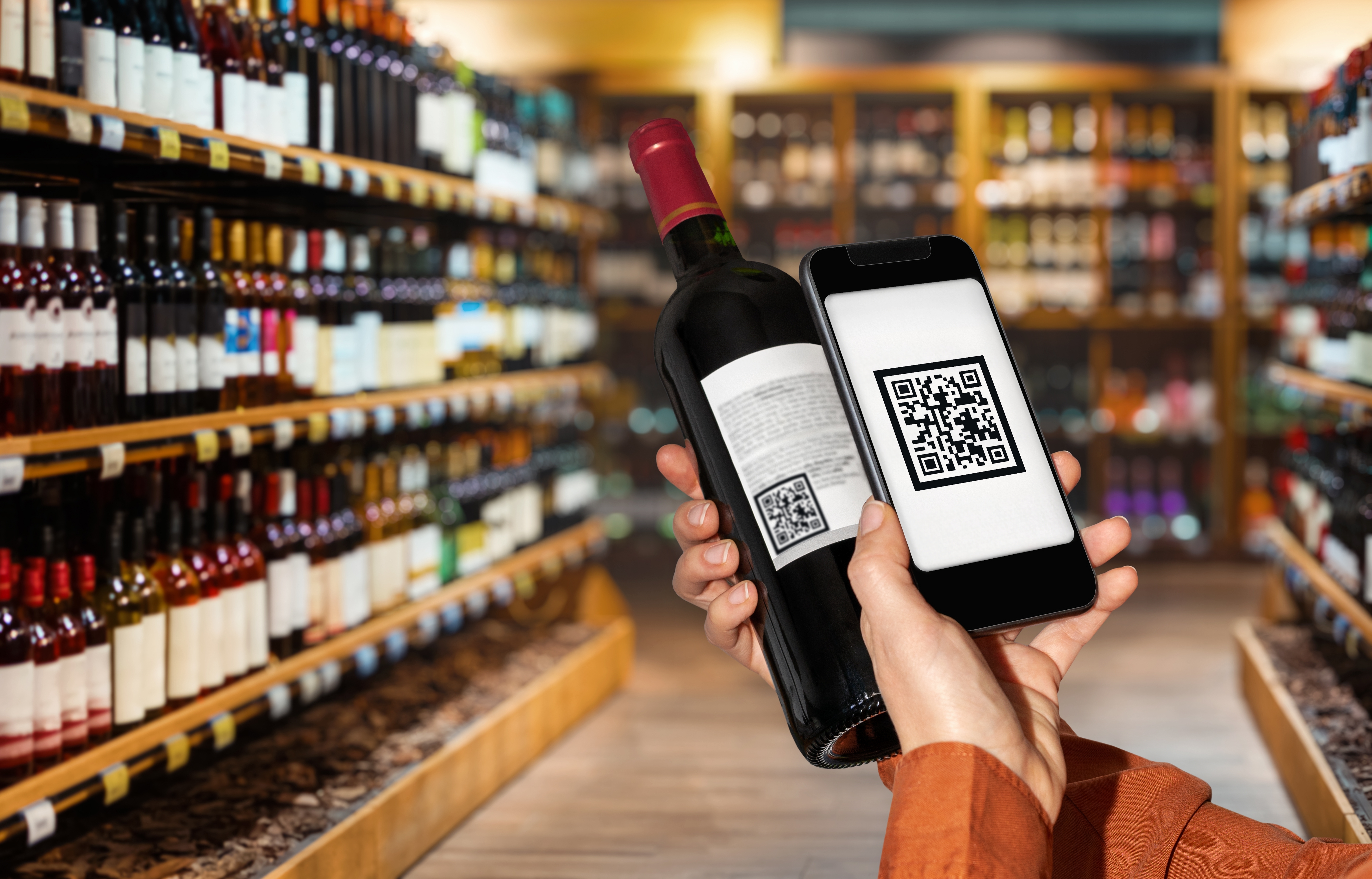
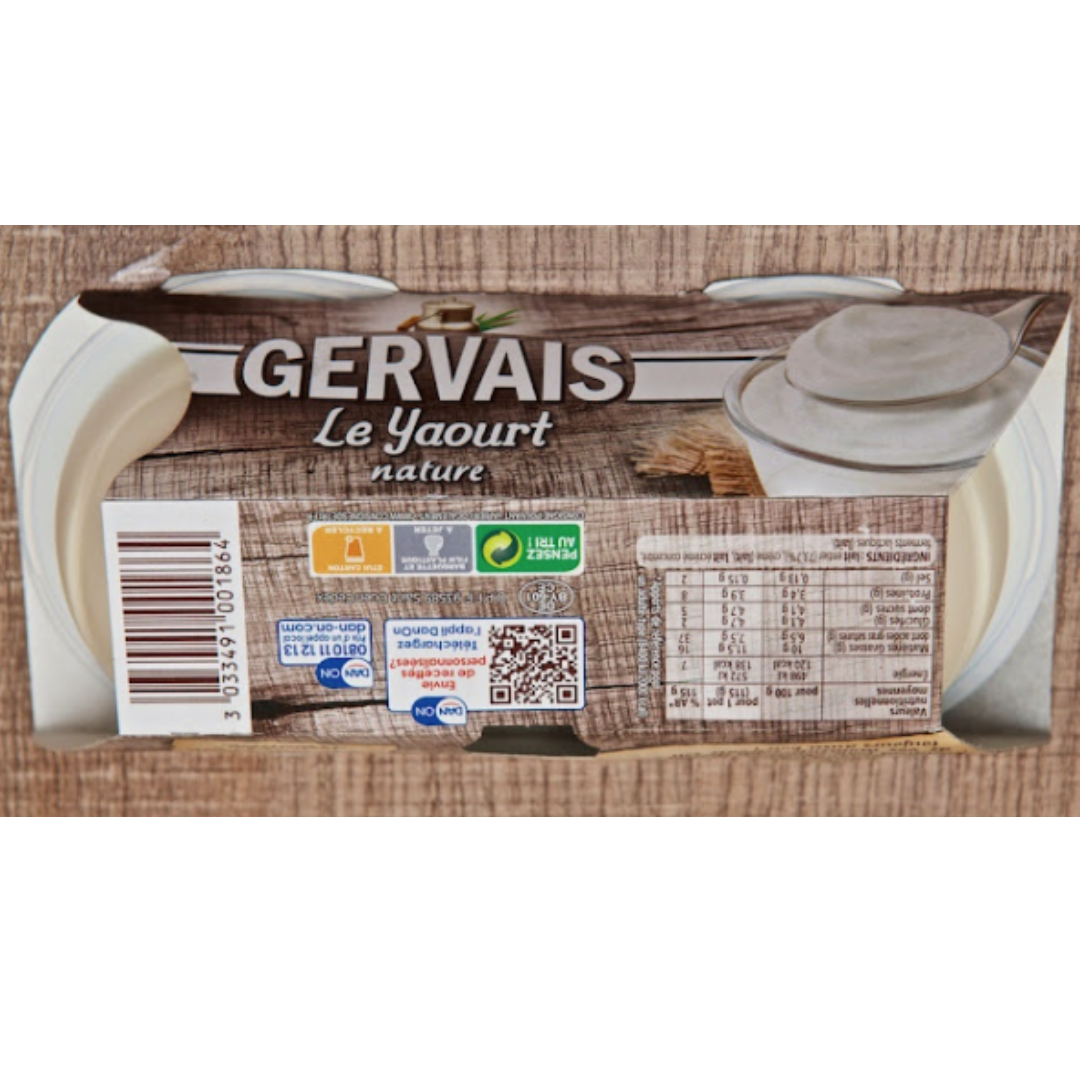

And in the luxury sector? How does traceability come into play?
In the luxury sector, traceability is mainly used to prevent counterfeiting. Luxury brands want to be absolutely certain that their products are tracked throughout the distribution chain, to ensure that they are not stolen or replaced by counterfeits. Every luxury product, whether a perfume, a bag or a watch, is marked with an engraved or printed code to prove its authenticity. Our verifiers ensure that these codes are perfectly legible and comply with industry standards.
The cosmetics industry (beauty, skincare, hygiene...) relies heavily on our services and expertise in terms of knowledge of legislation and regulatory developments. We're constantly on the lookout, and a large part of my job involves reading all the legal developments and their applications, both at European and international level. It's sometimes complicated, but intellectually fascinating, and it's a guarantee of strong added value for our customers. The fact that we have a firm grip on the cosmetics market is also down to our geographical proximity: we're practically at the heart of Cosmetic Valley.

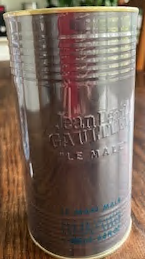
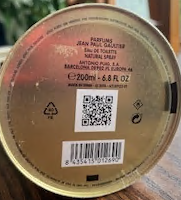
The mobile LVS 9580 reader can read even the most curved product shapes, such as perfume packaging.
In the automotive and rail industries, each component must be precisely identified in order to guarantee vehicle safety and comply with the requirements of international standards for all rolling stock components. The various players in the production chain use engraved or printed codes to ensure traceability, and this language is common to all players.
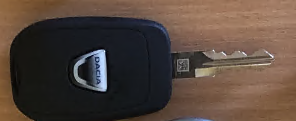

The LVS 9580 verifier can read engravings on all types of material.
This is also the case for the Construction and DIY sectors, where the Digital Product Passport will become compulsory at the beginning of 2028 for all construction products marketed in the European Union.
| DPP (Digital Product Passport): The Digital Product Passport (DPP) is part of several European regulations, including the European Union's Green Deal, which aims to reduce emissions by 55% by 2050. To achieve this goal, the European Commission has introduced the Ecodesign for Sustainable Products Regulation (ESPR). This regulation aims to reorganize the manufacture, distribution and reintegration of products into the circular economy. The SPD is a digital sheet that provides key information on products, including: -Origin of materials -Composition -Repair and dismantling options Recycling and end-of-life treatment -Toxic substances and environmental impact. |
What does your job bring to you on a daily basis?
What motivates me is knowing that we have a direct impact on the safety of patients, consumers and users. Our work is often invisible to the general public, but it is essential to ensure that products are safe and comply with the most stringent, up-to-date requirements.
I particularly appreciate the diversity of the sectors we work with. It means I'm always learning and broadening my field of expertise. I also had the pleasure of co-hosting a webinar that was very well attended, proving that the need for information is very strong.
| This BIBUS TALK #3 webinar on the subject of compliance explains the importance of integrating a label and marking verification system into companies. It is aimed at all professionals concerned by marking verification issues, and helps them choose the most appropriate control solution according to specific business sectors and standards. The replay is available to VSEs, SMEs and ETIs in all sectors. |
Isabelle Peuzet (Prud'hon)
LVS Product Manager
Tel. +33 2 32 32 58 23
Mob. 07 61 63 19 45
pru@bibusfrance.fr![]()




























